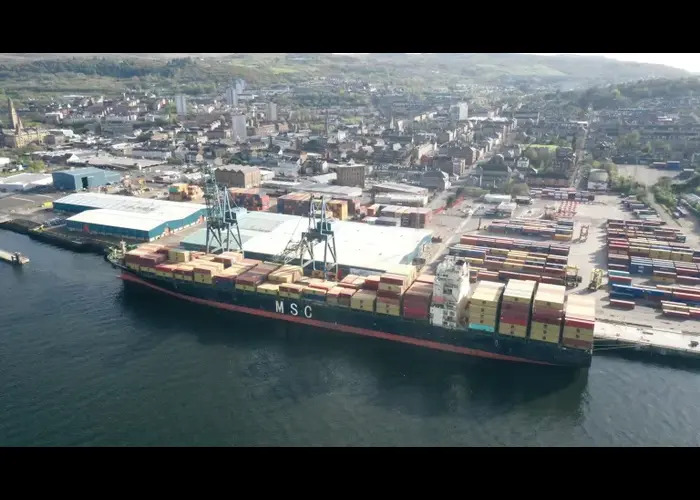THE SCOTTISH construction sector has recently seen a downturn in workload, as evidenced by the latest Royal Institution of Chartered Surveyors (RICS) report. This decline, while slower than in previous quarters, raises questions about the current state and future of the construction industry in Scotland.
Why Is The Scottish Construction Workload Falling?
The last quarter of 2023 wasn’t positive for Scottish construction workloads. Reports show dips across almost all sectors.
Public housing reported a 23% fall, and private housing saw an 8% decrease. Private commercial constructions also dipped by -10%, and private industrial workloads declined by -11%.
65% of respondents also reported a shortage in quantity surveyors. The shortage is not limited to surveyors alone. Other construction professionals and trades like bricklaying (with a reported 39% shortfall) are struggling with shortages.
Yes, most sectors experienced a decline, but infrastructure works held steady. However, the overall negative balances in workload across multiple sectors point to a broader contraction in Scotland’s construction industry.
Why Is It Happening?
The decline can be largely attributed to reduced public sector investment. Delays in the planning system have further compounded these issues, causing significant issues with project timelines and completion.
A persistent labourer shortage continues to impact the industry – and we guess people just don’t want to work. Issues like reduced income, issues with getting wages, and the working conditions make it one of the less favourable industries. Construction is renowned for having a poor payment system for labourers.
And there’s a lack of funding, and materials are costly. There are alternatives like hiring materials through companies like JP Concrete (www.jpconcrete.co.uk), but the general overheads can be overwhelming.
Is It The Same For The UK?
The UK construction industry experiences significant reductions in workload in Q3 2023. The report highlights a 10% of respondents experiencing a decrease in construction activities.
The infrastructure and public works sector showed some resilience with a growth rate of 10%, it’s still a decrease from the 17% growth in the previous quarter (Q2). And like Scotland, other sectors have witnessed declines. The private housebuilding sector was one of the most affected, experiencing a sharp drop from -12% to -26%.
Sectors like public housing, private industrial, and private commercial construction are declining workloads, just like Scotland. Statistics also reveal new business inquiries went from positive +6% in Q2 2023 to negative -2% in Q3. The industry is slowing down in almost all aspects.
The new economic policies over the summer are also creating tighter credit conditions. 38% of survey respondents reported a more restrictive credit environment. And business credit was never easy to get in the first place. It’s a significant factor in limiting construction activities.
Will It Recover?
Looking ahead, Scottish surveyors express a cautiously optimistic outlook, anticipating a potential increase in construction workloads over 2024. This optimism is supported by 6% of Scottish respondents expecting workload growth. The recovery, however, hinges on addressing current challenges like labour shortages, planning delays, and ensuring sufficient public sector funding.
The numbers show the Scottish construction industry is experiencing a dip, as is the rest of the UK.
There’s too much work, not enough money, and not enough people. Still, it’s only the beginning of 2024. Do you work in the Scottish construction industry and have any comments?











